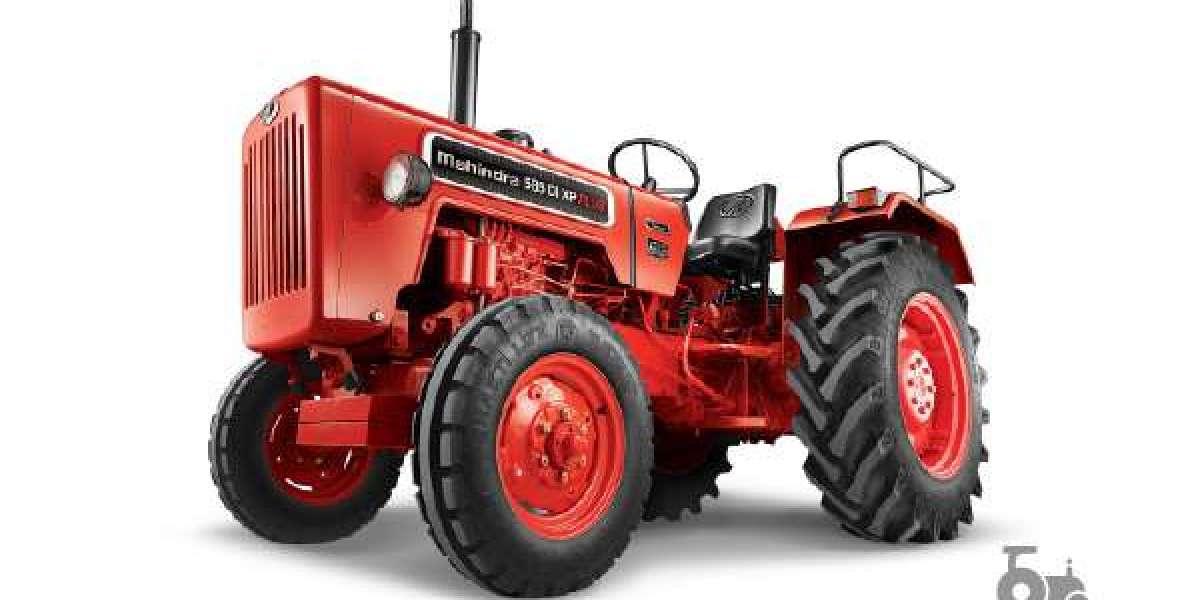? Veterinary Orthopedic Implants: Advancing Animal Mobility and Care
In recent years, veterinary medicine has made remarkable strides, particularly in the field of orthopedic surgery. Among the most transformative innovations are veterinary orthopedic implants—specialized devices designed to stabilize and repair bones, joints, and ligaments in animals following trauma, congenital deformities, or degenerative diseases. From fractured legs in dogs to joint replacements in cats and even complex spinal surgeries in horses, these implants are redefining standards of care and restoring mobility to countless animals.
What Are Veterinary Orthopedic Implants?
Veterinary orthopedic implants are medical-grade devices made of materials such as stainless steel, titanium, or specialized polymers. These implants are used to support the healing of skeletal injuries in animals and may include:
Bone plates and screws
Intramedullary (IM) pins or rods
External fixation systems
Total joint replacements (hips, elbows, knees)
Interlocking nails and spinal implants
Just like in human orthopedics, these implants are carefully selected and customized based on the animal’s size, species, and the nature of the injury. The goal is always the same: to allow proper alignment, promote bone healing, and restore as much function and comfort as possible.
Common Orthopedic Conditions in Animals
Veterinary orthopedic implants are used to treat a wide range of conditions, including:
Fractures: Accidental trauma is the leading cause of broken bones in pets, often requiring surgical intervention.
Hip Dysplasia: Common in larger dog breeds, this genetic condition affects hip joint stability and often requires surgical correction using implants.
Cruciate Ligament Tears: Similar to ACL injuries in humans, this is a prevalent condition in dogs that may require stabilization using implants like bone anchors or plates.
Elbow Dysplasia and Osteoarthritis: Progressive joint diseases that sometimes necessitate total joint replacement.
Congenital Limb Deformities: Corrective osteotomies (bone realignment surgeries) may require specialized plates and screws.
Spinal Instability or Disc Disease: Advanced implants, including vertebral cages or spinal plates, are used in more complex neurosurgical procedures.
Materials Used in Veterinary Implants
The materials used in orthopedic implants are critical to their success. The most common are:
Titanium: Lightweight, strong, corrosion-resistant, and highly biocompatible, making it ideal for long-term implants.
Stainless Steel: Durable and cost-effective, often used in temporary fixation devices.
Cobalt-Chromium Alloys: Sometimes used in high-load applications like joint replacements.
Polyethylene and Polymer Composites: Typically used in joint replacement interfaces to reduce friction.
Each material is selected to minimize the risk of rejection or inflammation and to withstand the physical demands placed on active animals.
Advancements in Veterinary Orthopedics
Technology has driven enormous improvements in implant design and surgical technique:
3D Printing: Custom implants can now be 3D-printed based on CT scans of the patient, providing precise anatomical matches and reducing surgical complications.
Minimally Invasive Surgery: Arthroscopic and laparoscopic techniques are increasingly being used in conjunction with implants, reducing recovery times and infection risks.
Bioactive Coatings: Some implants are coated with substances that promote faster bone integration and healing.
Computer-Assisted Planning: Pre-surgical planning software helps veterinarians simulate procedures and choose optimal implant types and positions.
Surgical Outcomes and Post-Operative Care
Most animals that receive orthopedic implants experience significant improvements in mobility and quality of life. However, success depends on several factors:
Accurate diagnosis and planning
Skilled surgical execution
Post-operative rehabilitation and physical therapy
Owner compliance with activity restrictions and follow-up care
Complications such as infection, implant failure, or poor bone healing can occur, though they are relatively uncommon with proper care and technique.
Cost Considerations and Insurance
Orthopedic surgeries involving implants can be expensive, often ranging from $1,500 to over $5,000 depending on the procedure and animal size. Pet insurance plans increasingly cover orthopedic procedures, and some veterinary practices offer payment plans. Despite the cost, many pet owners find the investment worthwhile given the dramatic improvement in their pet’s mobility and comfort.
The Future of Veterinary Implants
As technology continues to evolve, the future of veterinary orthopedics looks promising. Regenerative medicine, including stem cell therapy and growth factors, is being combined with implants to accelerate healing. Additionally, smart implants with sensors may one day track healing progress in real time.
Ultimately, veterinary orthopedic implants are helping animals live longer, more comfortable, and more active lives. They represent a powerful fusion of compassion, technology, and medical expertise—one paw at a time.
? Frequently Asked Questions (FAQs)
1. What animals commonly receive orthopedic implants?
Dogs and cats are the most common recipients, but horses, rabbits, and even exotic pets like birds and reptiles can also benefit from orthopedic implants in certain cases.
2. Are the implants permanent, or do they need to be removed?
Most implants are designed to remain in the body permanently unless complications arise. In some cases, especially in young or growing animals, removal may be recommended after healing.
3. Is surgery with implants painful for pets?
Pain management is a priority in veterinary care. Pets are given anesthesia during surgery and prescribed pain relief medication post-operatively. With proper care, most animals recover well and comfortably.
4. How long is the recovery period after orthopedic implant surgery?
Recovery varies based on the procedure, but most pets begin to regain mobility within a few weeks. Full healing can take 6 to 12 weeks, during which rest and rehabilitation are essential.



